Tutorial: How to Sew the Bust Darts for Nico Pattern
This tutorial is to support the dart instructions in the Nico Pattern booklet found on page 23.
Transfer the dot markings from the Front (Piece A) to your fabric using your preferred method. This tutorial uses small red dots with a fabric pen.
Fold the upper strap down to align the dart edges with wrong sides together. Pin or clip in place.
Sew the dart legs together using a 1/4″ seam allowance. Begin from the side seam edge and sew towards the bust. Continue sewing with a 1/4″ seam allowance until you reach the end of the fabric. Backstitch or tie threads in a knot to secure.
Note: Do not sew to the dot marking yet. Just sew a 1/4″ seam in this step.
This is how your first seam will look on the other side. Note how far away the stitching line is still from the dot marking.
To complete the French Seam bust dart, fold the dart right sides together enclosing the raw edges of your seam allowance in the fold and aligning with the pattern marking. Press.
Sew with a 3/8″ seam allowance ending at the dot marking.
To avoid pointy darts, there are two options: 1) Curve the last few stitches towards the fold of the fabric near the dart point. Use a gentle inwards curve. Or 2) When you reach the dart marking, sew a few stitches past it right along the edge of the fold.
That’s it! Be sure to press your dart over a curved surface like a tailors ham or a rolled-up towel.
Leave a comment Cancel reply
Related posts
An Introduction to Common Crotch Adjustments
Recently, I drafted a pattern and made a toile of a pair of drop-crotch pants. When I tried them on, I straight away noticed (and felt) they weren’t quite right. The most obvious issue was that the back crotch felt tight and pulled uncomfortably, especially when bending over. Walking also felt a little restricted, with…
How to Thread a Sewing Machine: A Beginners Guide – Part 2
Now that we’ve covered the basics of threading a sewing machine in Part 1, let’s move on to some additional functions. In Part 2, I’ll show you how to change both the needle and the presser foot. I’ll also introduce the twin needle, and share some helpful troubleshooting tips for common issues that can happen when…
Made by Hand: Ellen Merchant’s Printed Textiles
One of Britain’s most exciting and adventurous textile and wallpaper designers working today, Ellen Merchant places traditional print processes and high-quality materials at the heart of her creative practice. Inspired by the Arts and Crafts emphasis on hand-made design over mass-produced goods, her work embraces traditional, hand-block printing techniques and features intricate, ornate, botanical designs…
How to Thread a Sewing Machine: A Beginners Guide – Part 1
Threading a sewing machine can feel a bit daunting at first, but it quickly becomes second nature after you’ve done it a couple of times. These days, I don’t even think about it—muscle memory just takes over. That said, writing this tutorial made me slow down and walk through each step more deliberately. It reminded…
SEW THIS LOOK
LATEST COMMENTS
- How to Take Your Body Measurements: A Concise Guide
23 Jun 2024 @ 12:59 am by Fitness 101: How To Support Your Body Transformation For Better Appearances • The Havok Journal - Caring for Linen: How to Wash, Dry, Iron and Remove Stains
10 Sep 2020 @ 1:00 am by Lviefent Rust Zip Mini Dress Review: Casual Comfort & Style Explored - How to Pre-Wash Fabric: A Simple Guide
03 Nov 2024 @ 9:37 am by How to Make a Cloth Doll | Easy Steps (2025) - Sewing Essentials: Sewing Tools
08 Jan 2025 @ 9:37 am by Sewing Tools That Simplify Stitching: 10 Clever Finds for Every Sewist - Hubert de Givenchy: Parisian Chic
23 Jan 2020 @ 3:25 am by The Timeless Style of Hubert de Givenchy: From Audrey Hepburn to Global Icon - The Pulse of the Fashion


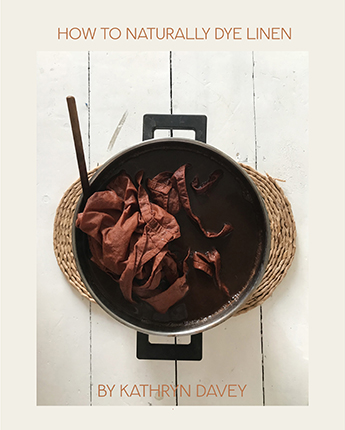
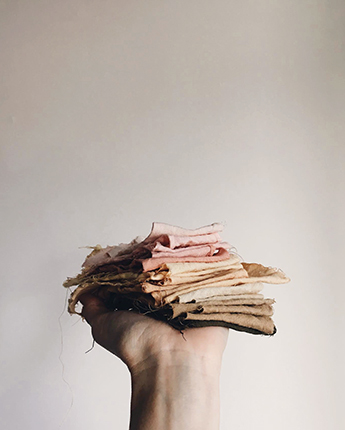

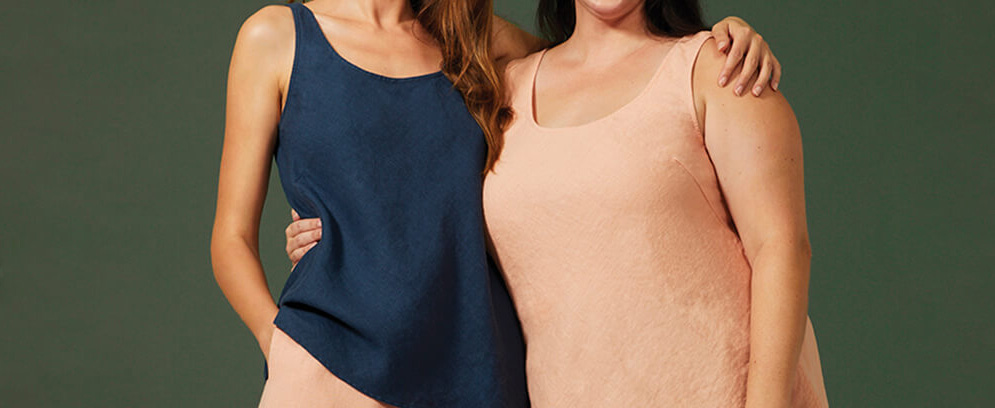
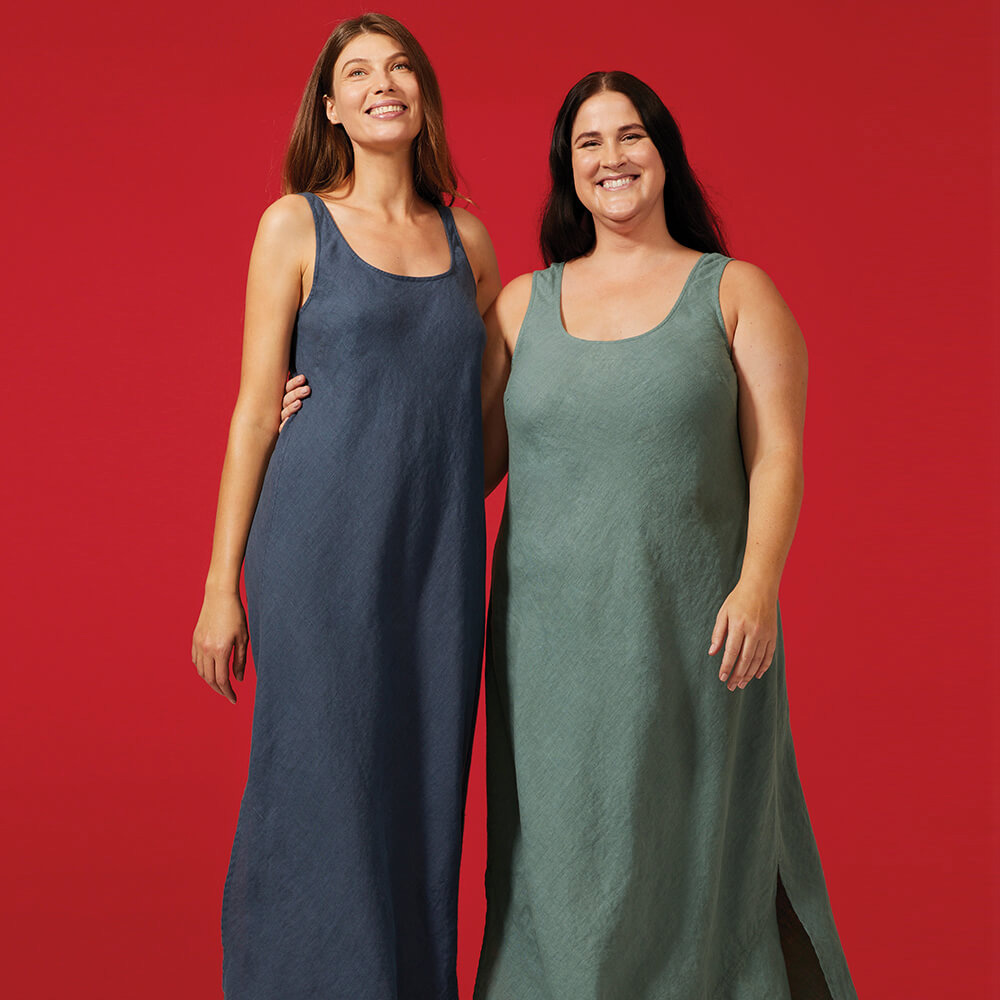
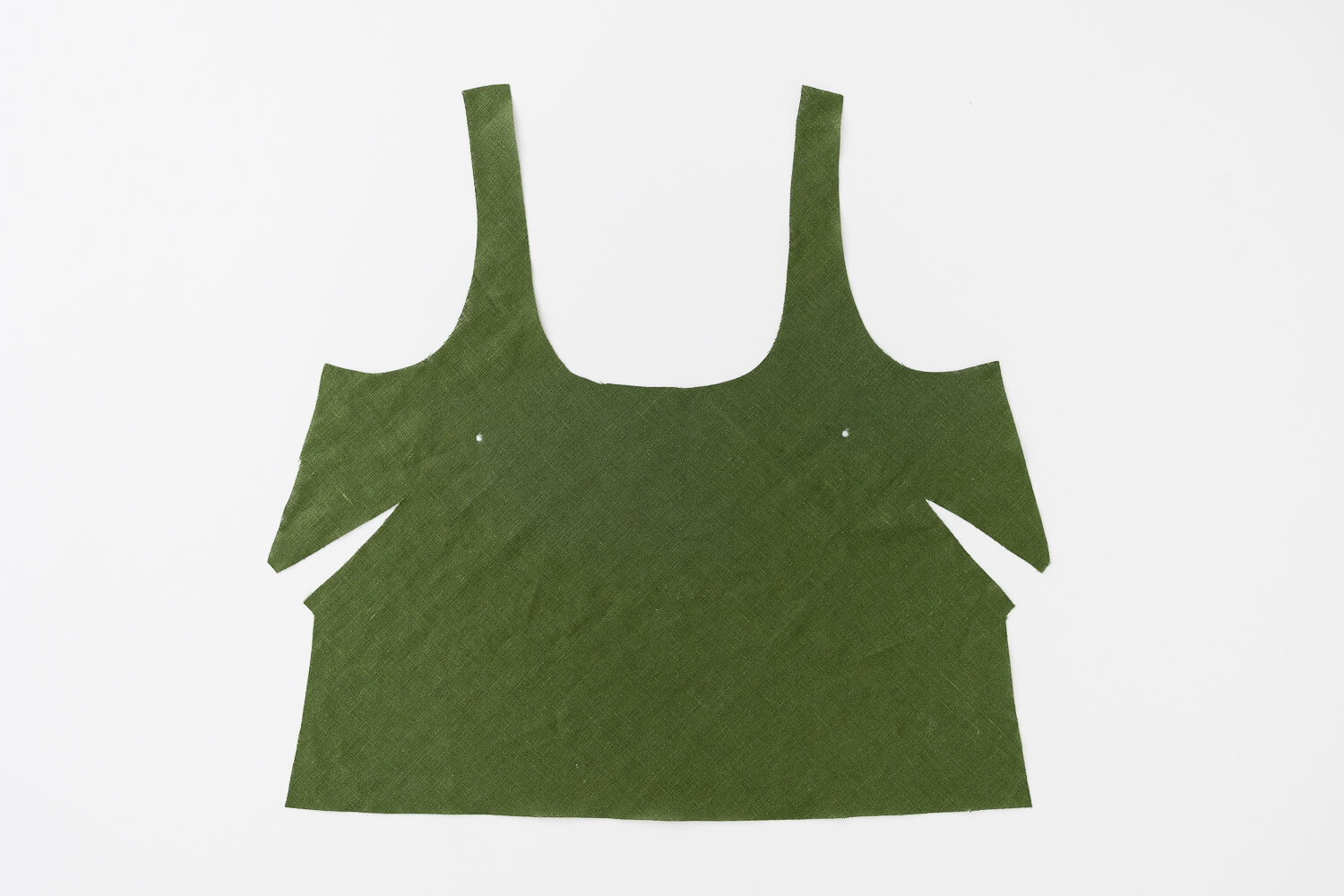
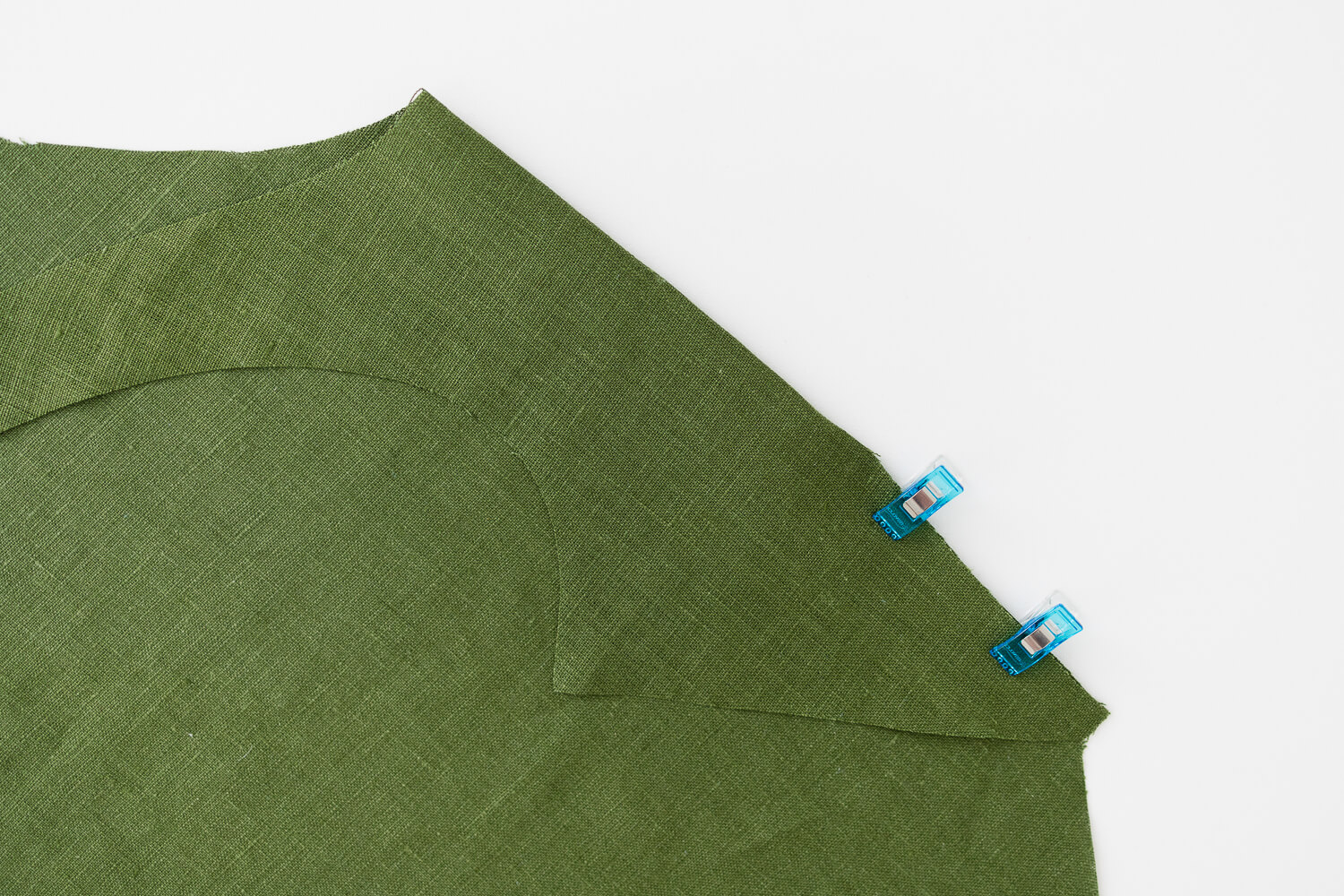
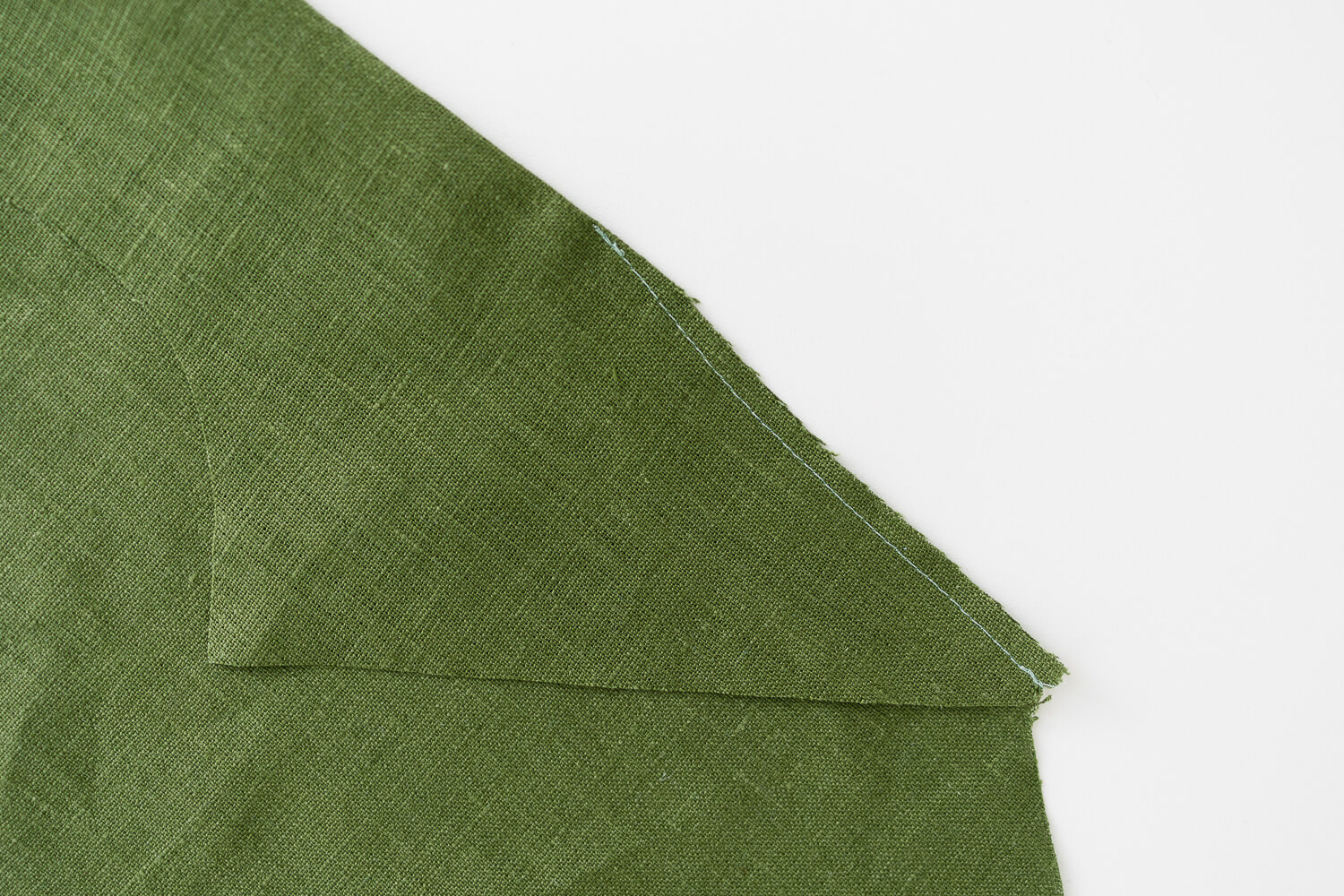
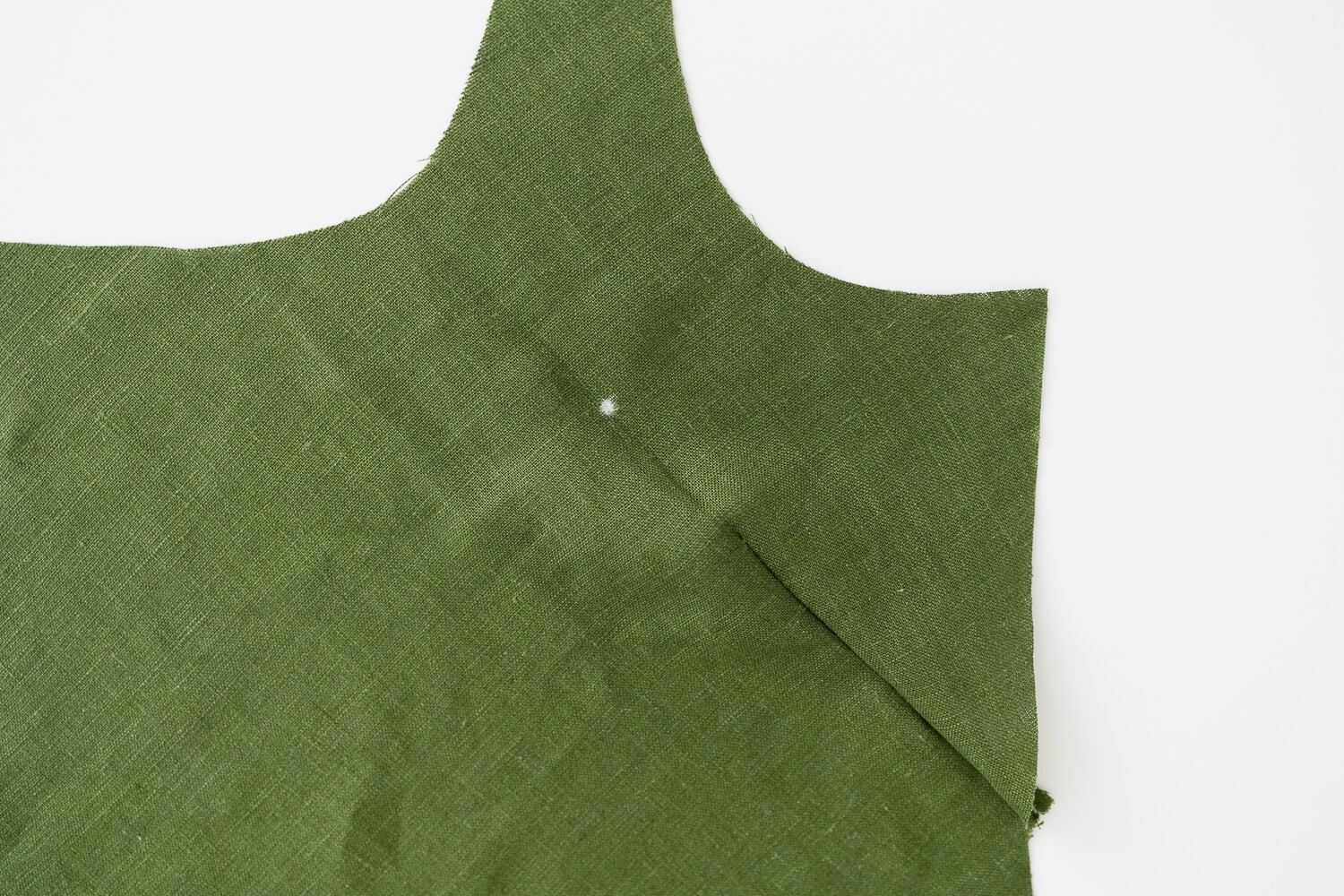
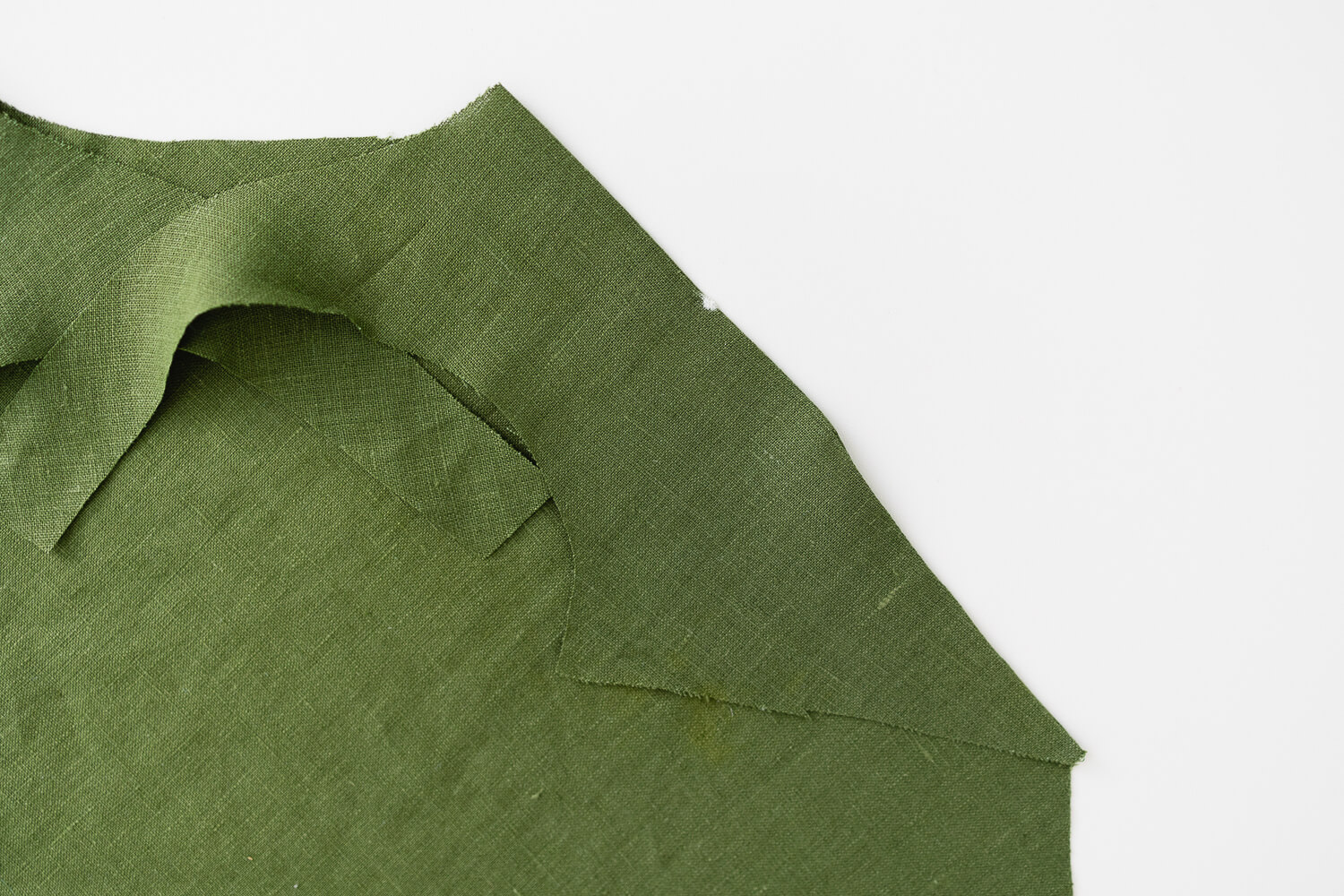
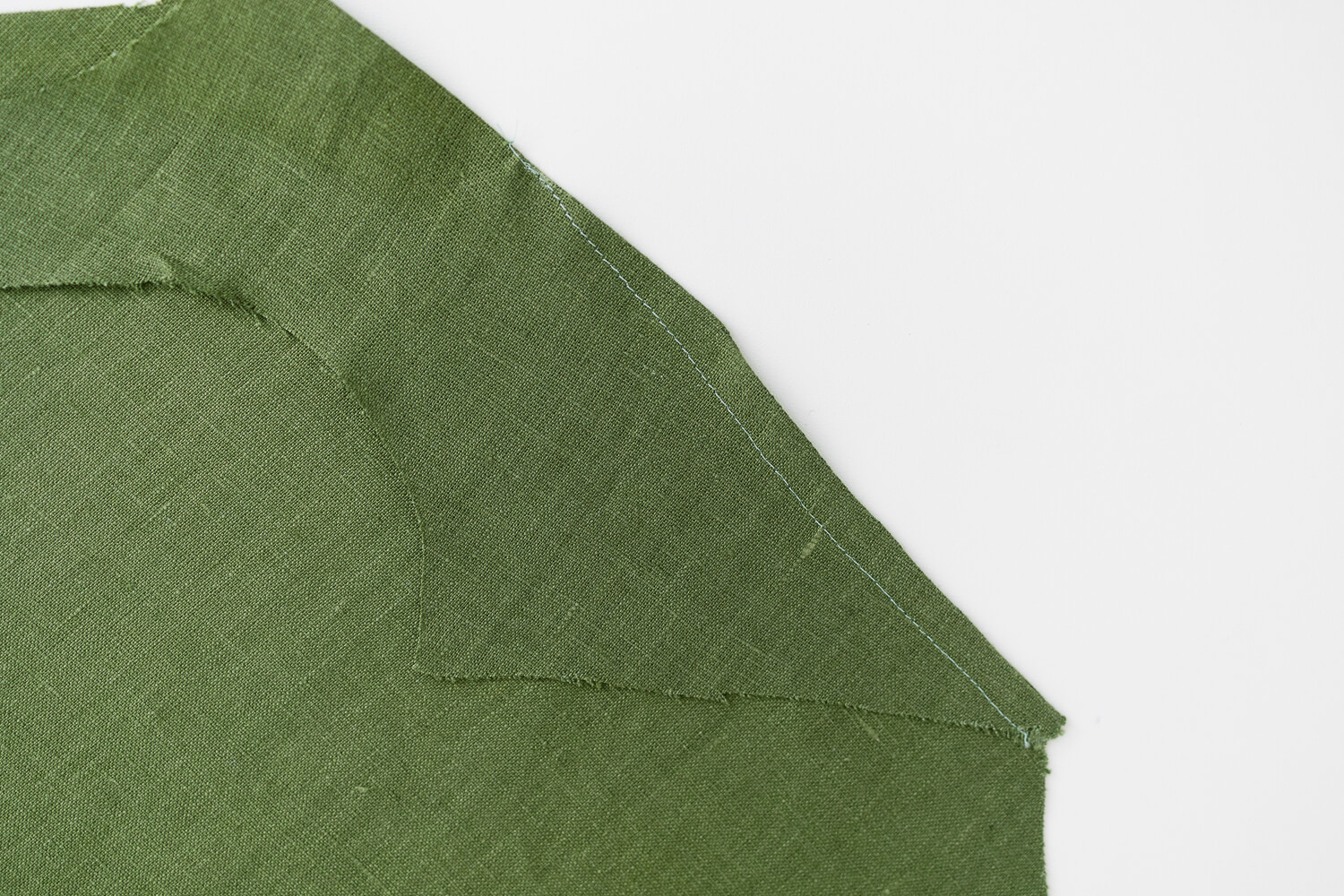
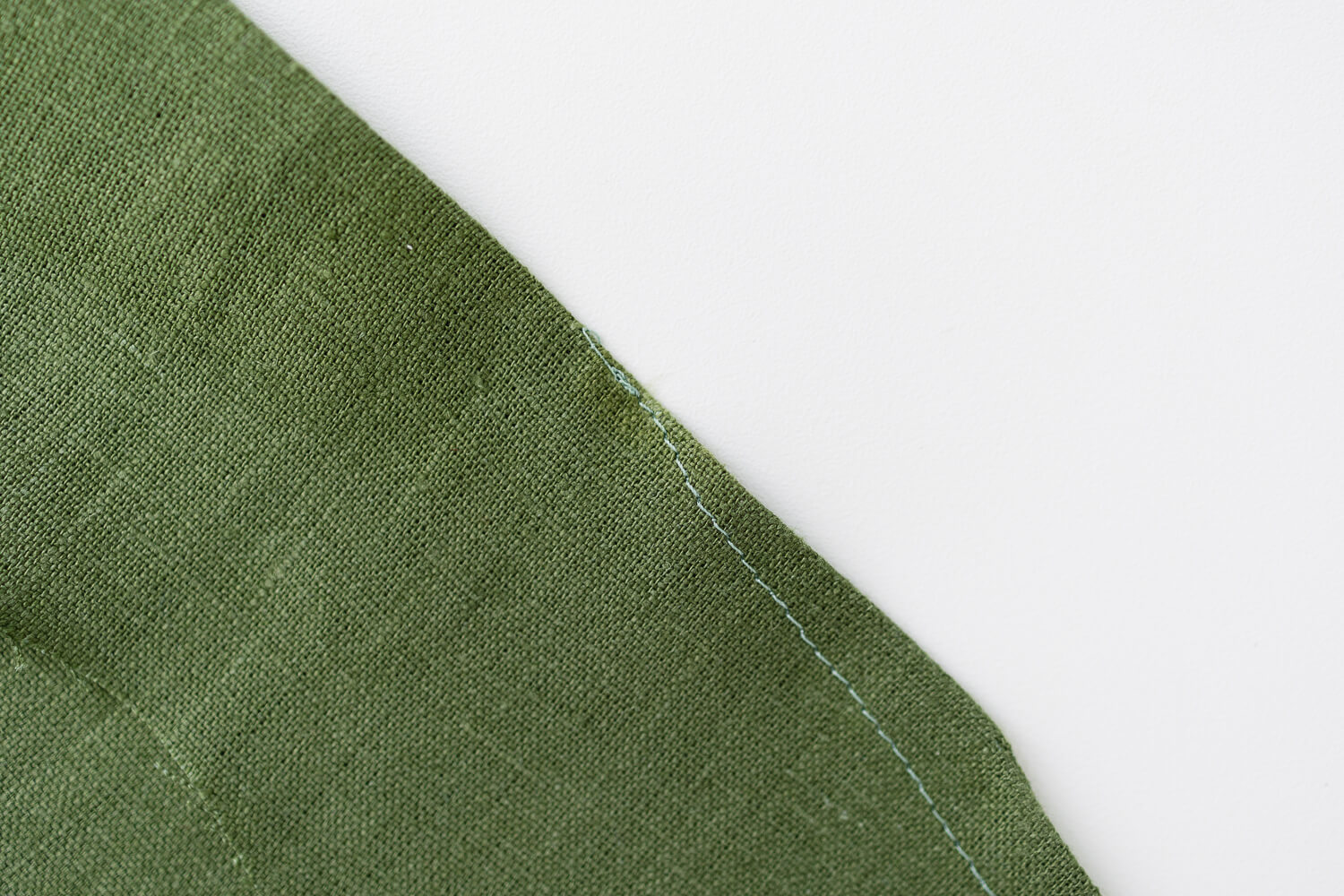
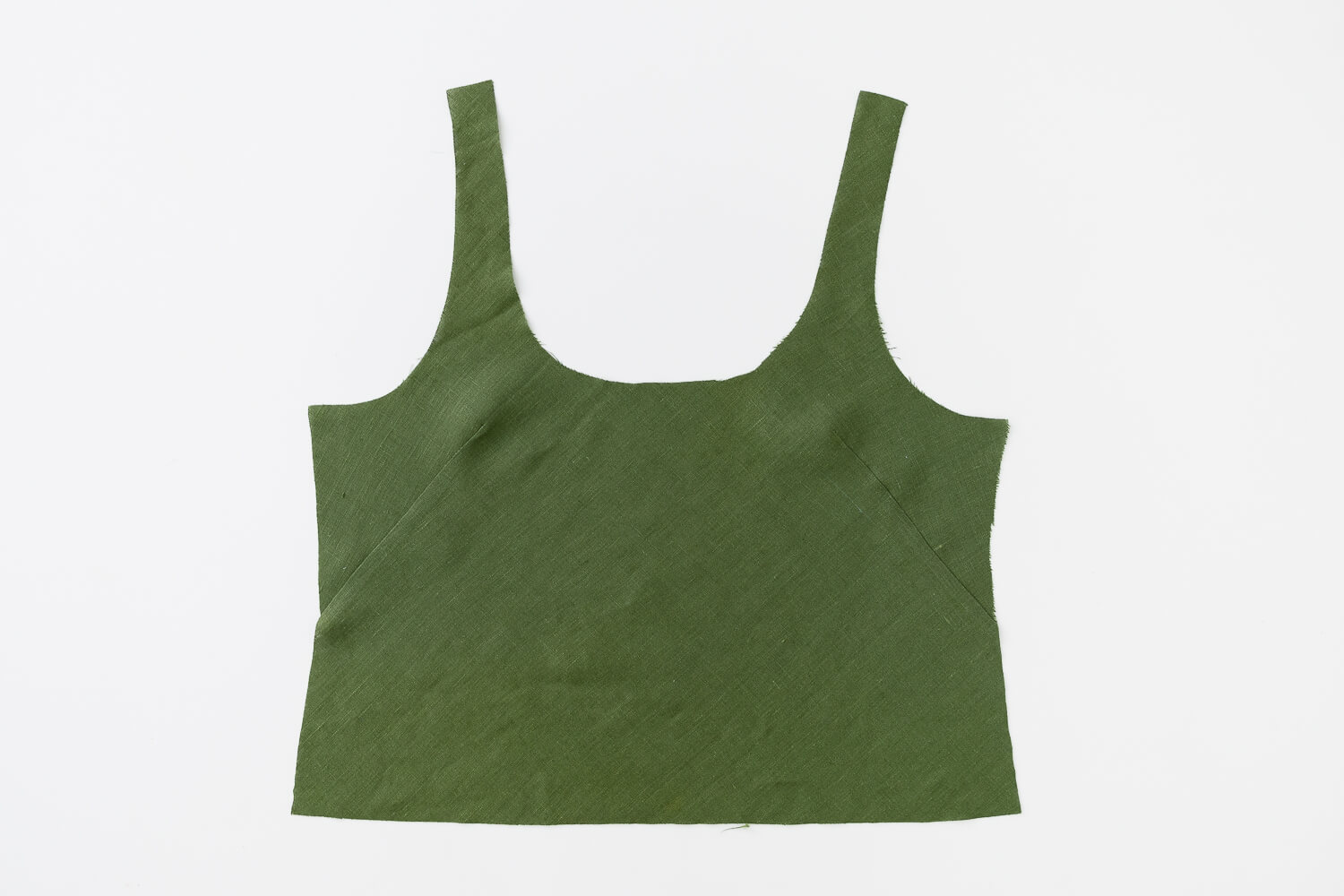
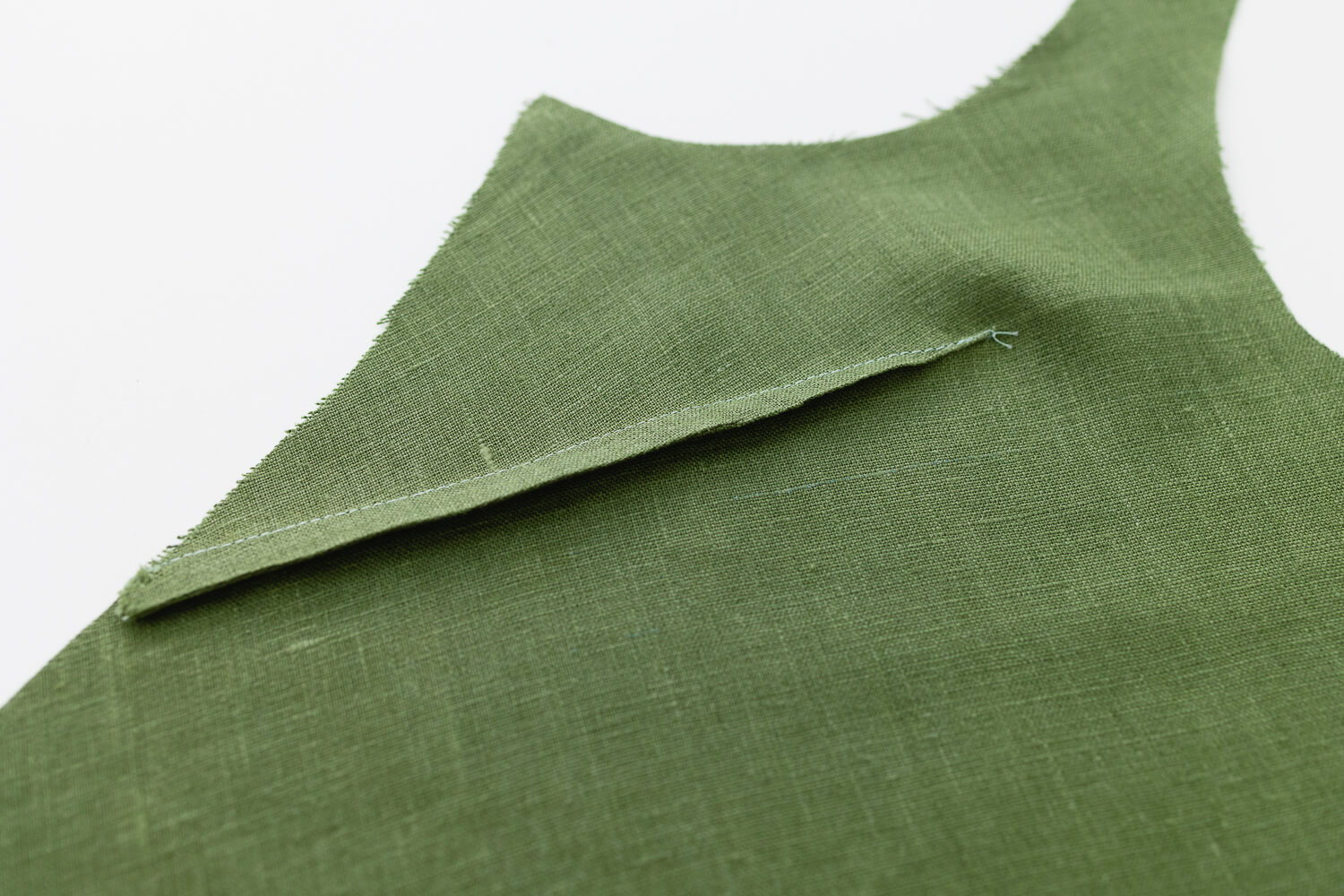
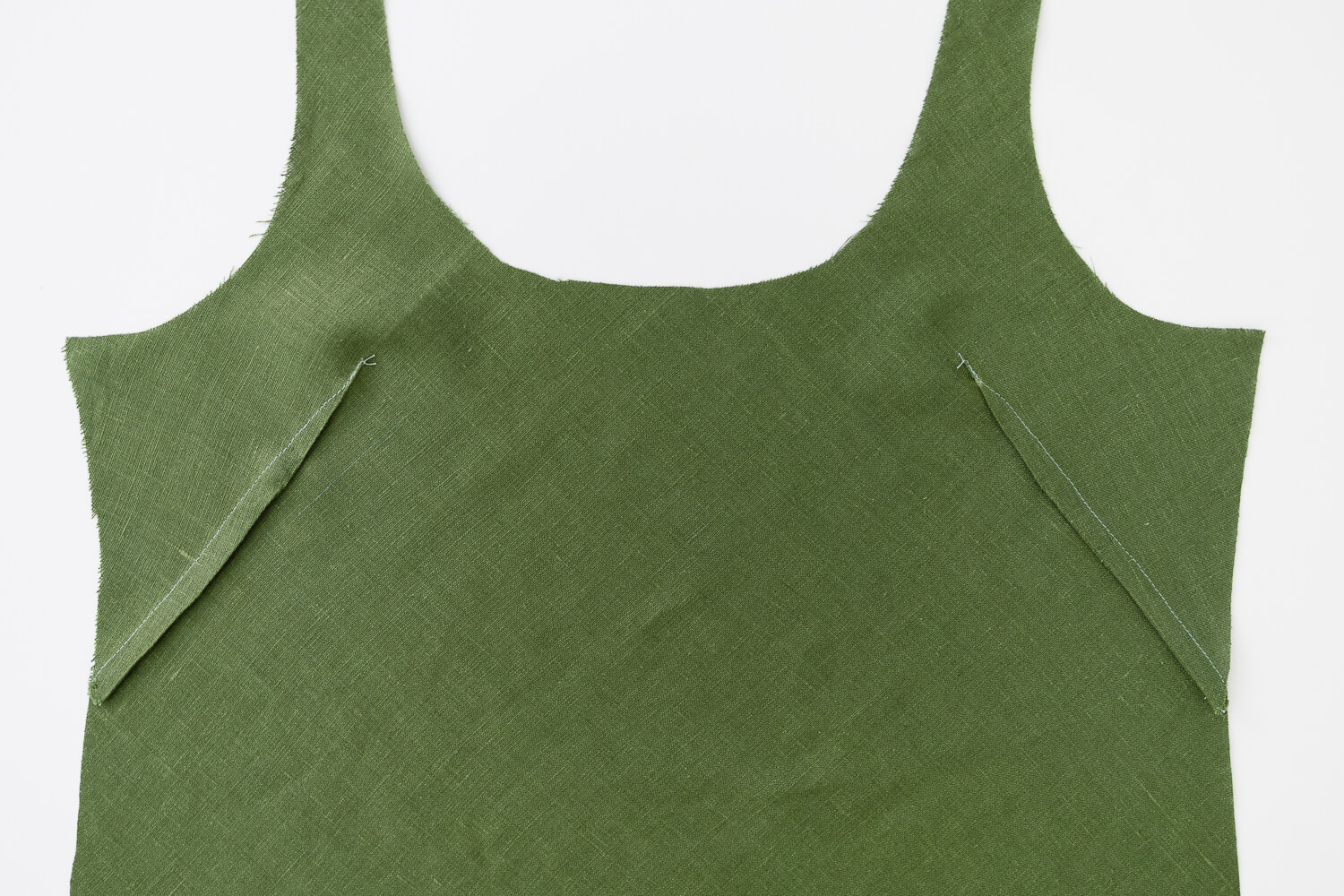
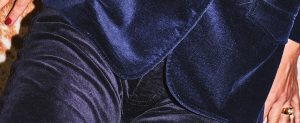
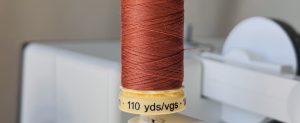

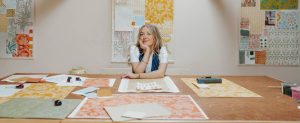
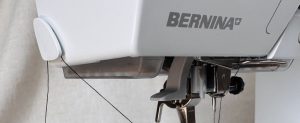































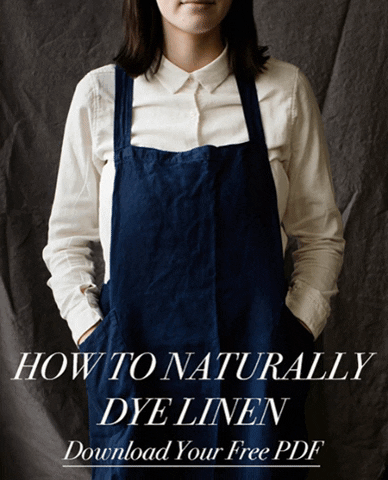


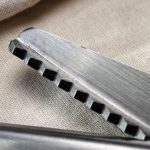

4 Comments
Lauren Linen
This comment was emailed through to us from Campodifiamme:
A little tip from sewing class years ago
Pull thread up from the bobbin and reverse thread the needle, take-up and tension etcetera. Making sure you have enough thread to sew the length of the dart
Start sewing at the point/tip of the dart, no backstitching is needed at the point, no dangling threads to show in sheer fabrics
Kelly Singh
Thank you. Very, very helpful. I struggled tremendously with these when I made the Nico. I was getting back into sewing after many years and I’d never even heard of a French dart.
Sophie Hamilton
The more helpful tutorial would be how to Lower these darts, so they sit more towards the waist like a French Dart should, and not so high and directly under your armpits which looks ridiculous.
SUZANNE HUTCHINSON
I’m with Sophie Hamilton – I would like to know how to lower the dart as it is too high. Even in the pictures shown at the beginning of the blog post, the dart point is positioned too high on the person.